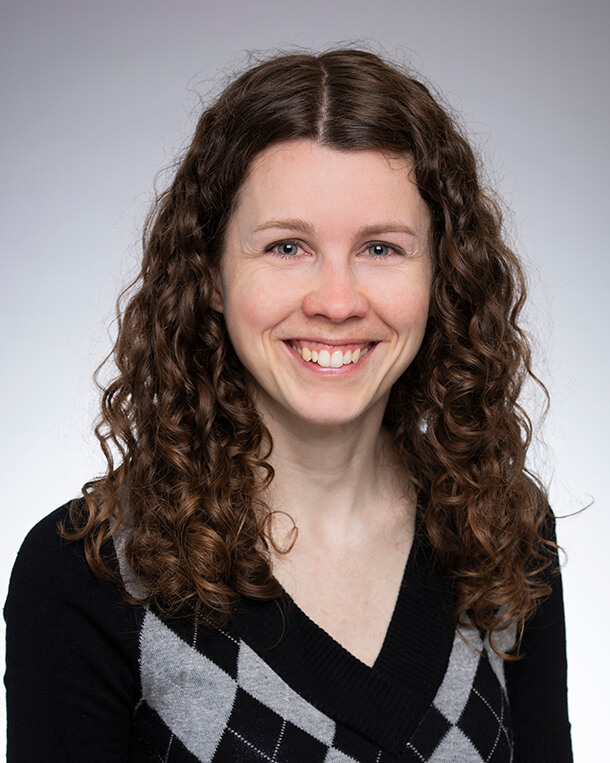Allison Clouthier a obtenu son doctorat en génie mécanique et des matériaux, avec spécialisation en génie biomédical, à l’Université Queen’s en 2018. Elle a ensuite effectué un stage postdoctoral à l’École des sciences de l’activité physique de l’Université d’Ottawa avant d’y être nommée professeure adjointe.
Ses travaux portent sur le rôle des facteurs propres au sujet dans le risque de développement de troubles musculosquelettiques et dans l’efficacité des traitements. À cet effet, la professeure cherche à mesurer et à simuler les phénomènes biomécaniques de l’articulation fémoro-patellaire pour observer le rôle de certains éléments – tels que la géométrie articulaire – sur les fonctions articulaires et l’apparition de la douleur et de l’instabilité. Pour étudier la biomécanique du genou dans une approche individualisée, elle s’appuie sur plusieurs techniques, telles que la simulation musculosquelettique et l’intelligence artificielle, ainsi que sur diverses technologies de capture de mouvement.
La professeure Clouthier accepte de nouveaux étudiants pour la supervision de thèse.
